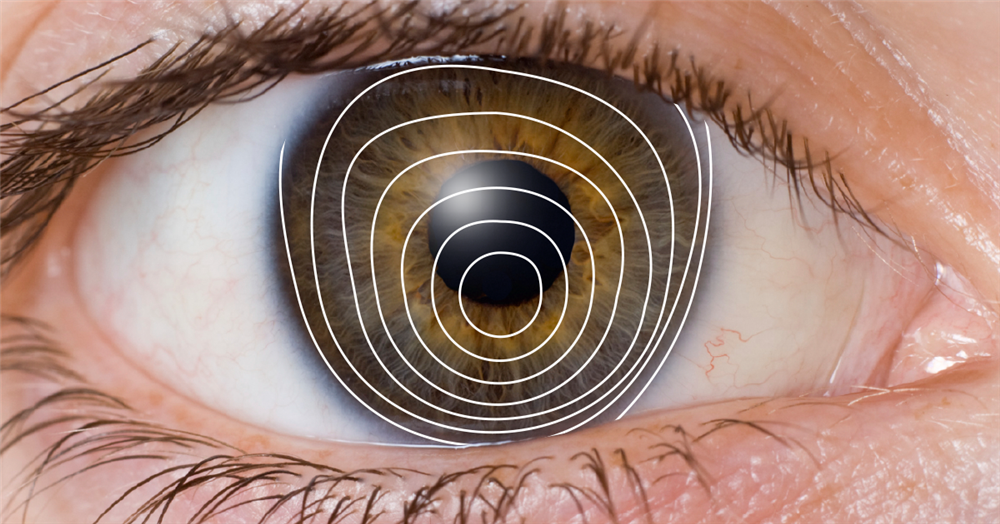Keratoconus Treatment
چهار شنبه 8 فروردین 1397
بازدید: 1840
What is keratoconus?

Keratoconus is a progressive eye disease in which the normally round cornea thins and begins to bulge into a cone-like shape. This cone shape deflects light as it enters the eye on its way to the light-sensitive retina, causing distorted vision.
Keratoconus can occur in one or both eyes and often begins during a person's teens or early 20s.
Keratoconus is one of the main reasons for corneal transplant surgery in young patients.
What causes it?
Keratoconus is passed from parents to children in approximately 25% of cases. In the remaining cases, it appears sporadically, linked to complex patterns of inheritance that are the subject of ongoing research.
Keratoconus also is associated with overexposure to ultraviolet rays from the sun, excessive eye rubbing, a history of poorly fitted contact lenses and chronic eye irritation.
How can it be prevented?
There are no preventative measures for keratoconus, but there are treatments available to arrest its development. Early detection is essential to prevent the disorder from advancing and requiring corneal transplant surgery.
There are also mild forms that do not cause visual impairment and can only be diagnosed through topographic examination.
It is recommended that relatives of keratoconus patients, although not appearing to be affected, undergo a visual examination, as they may be carriers of the disease.
Most at risk of keratoconus are children and young people, so it is important to encourage these age groups to have regular eye examinations.
Symptoms
the main symptom is decreased vision and the onset or sudden increase of astigmatism.
Astigmatism is normally induced by a refractive defect in the cornea which, unlike myopia or hyperopia, does not tend to develop naturally with age.
It is therefore important for any patient suffering from a sudden increase in refractive defect, especially if children or young people, to have a complete topographic examination to rule out the presence of keratoconus.
Treatments:

There are several treatment options available depending on the severity of the disease:
- In mild cases of keratoconus, good vision can be achieved through correction with glasses.
- In more advanced cases, hard contact lenses are required to correct irregular astigmatism.
- In some cases, it may be necessary to resort to surgical treatments, such as intrastromal corneal rings to stabilize the cornea, or corneal cross-linking, a procedure that has proven highly effective in slowing down the progression of keratoconus.
- In more severe cases, when vision has been reduced significantly, the only solution is keratoplasty, also known as corneal transplantation. These days, transplantation can often be performed by selectively replacing the affected layers of the cornea and preserving the healthy tissue.
دیدگاه های ارسال شده توسط شما، پس از تایید مدیر سایت در وب سایت منتشر خواهد شد.
پیام هایی که حاوی تهمت یا افترا باشد منتشر نخواهد شد.
پیام هایی که به غیر از زبان فارسی یا غیر مرتبط با خبر باشد منتشر نخواهد شد.